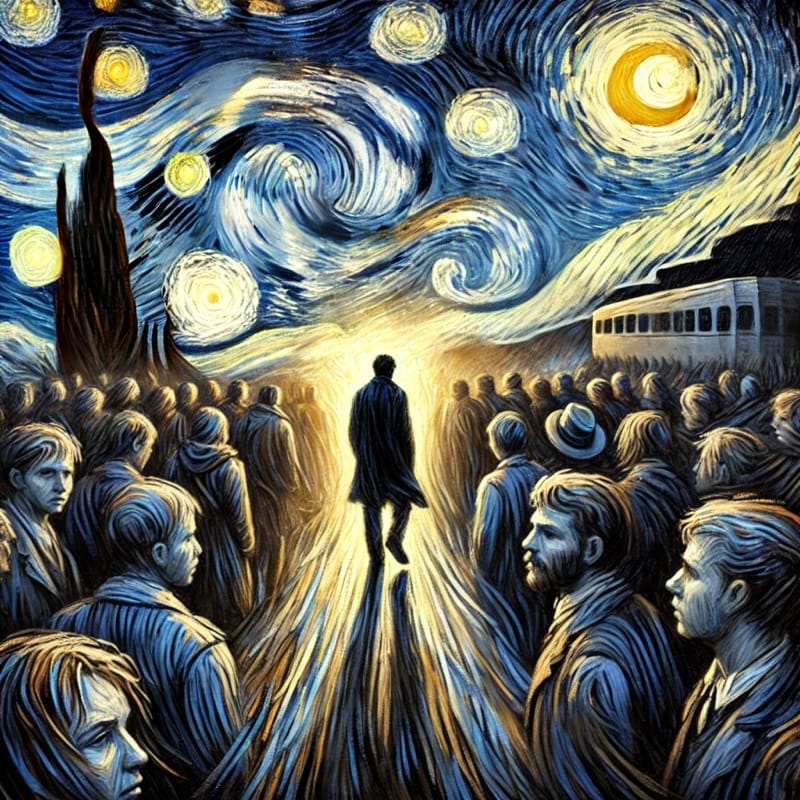Dileep and the Stigma of a Tarnished Reputation

Public perception can be unforgiving, especially when a figure in the entertainment industry faces serious allegations. One such case is that of Malayalam actor Dileep, whose career and personal life became entangled in a web of controversy, leading to stigma that continues to shadow him.
The Allegations and Their Impact
Dileep, once one of the most bankable stars in the Malayalam film industry, was accused of being involved in a high-profile criminal case related to the abduction and assault of a fellow actress. His arrest in 2017 sent shockwaves through the industry and among his fans. Though he was granted bail, the legal proceedings continue to this day, keeping the controversy alive in public discourse.
The accusations led to an industry-wide reckoning, with major organizations and fellow actors taking stands against him. Many distanced themselves from him, and he was removed from influential film organizations. The court of public opinion was quick to judge, with some condemning him outright and others defending him as a victim of conspiracy.
The Burden of Stigma
Regardless of legal outcomes, the stigma attached to such allegations is long-lasting. While some celebrities manage to recover from scandals, others remain trapped by their tarnished reputations. In Dileep’s case, his return to films has been met with mixed reactions—some of his movies have done well at the box office, but a section of the public continues to resist his presence in the industry.
Stigma operates on multiple levels. For the accused, it leads to social ostracization, strained professional relationships, and constant scrutiny. For the alleged victim, it brings its own set of challenges—having to relive trauma, facing skepticism, and enduring personal attacks. The way society treats both parties often reflects deep-seated biases, especially in cases involving gender and power dynamics.
Can a Public Figure Move Past Stigma?
History has shown that time, influence, and power can reshape public perception. Some actors and politicians accused of grave offenses have managed to stage comebacks, often aided by media narratives, fan loyalty, and strategic silence. However, whether the stigma around Dileep will ever fully fade remains uncertain.
His continued presence in the industry suggests that he still commands support, yet every film release comes with renewed debate. Some believe he has the right to work while legal proceedings continue; others argue that his presence undermines the fight for justice in the industry.
The Larger Conversation
Dileep’s case raises broader questions about accountability, redemption, and the role of the public in shaping an individual’s fate. Should a person be permanently defined by an accusation? Can the entertainment industry truly separate art from the artist? More importantly, how should society address stigma—should it serve as a form of collective justice, or does it risk becoming an endless cycle of condemnation?
Conclusion
Stigma, once attached, is difficult to erase. Dileep’s story is a testament to how fame can quickly turn into infamy, and how public perception often holds more power than legal verdicts. Whether he finds full acceptance again or remains a polarizing figure, his journey highlights the complexities of justice, redemption, and the weight of a damaged reputation.
